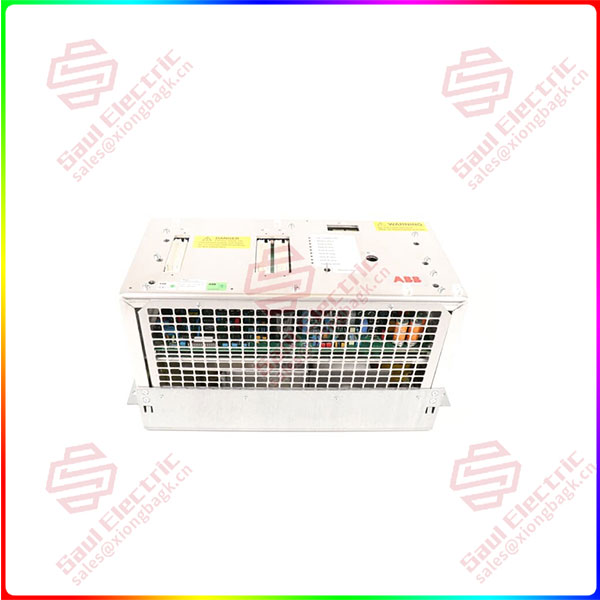Three, the main category analysis: from smelting to lithium industrial gas applications “everywhere”
The continuous optimization of the industrial gas demand structure is essentially related to changes in the industrial structure, from the traditional metal smelting, chemical energy, to the recent fire of lithium battery, semiconductor and other emerging industries, the application field is increasing, supporting the development of different industries.
Electronic special gas: the key material of the electronics industry, the localization rate continues to increase
Electronic characteristic gas is the key material in the manufacturing process of electronic industry. Electronic gas is an indispensable key material in the manufacturing process of integrated circuits, display panels, semiconductor lighting, photovoltaic and other industries. It is the second largest manufacturing material in integrated circuit manufacturing after silicon wafers, accounting for 13% of wafer manufacturing costs. Electronic gas includes bulk electronic gas and electronic special gas, electronic special gas is mainly used in photolithography, etching, film forming, cleaning, doping, deposition and other processes.
Electronic gas accounts for more than 60% of the demand for special gases. Electronic special gas belongs to the subdivision of special gases. In 2021, China’s special gas will account for 19% of the demand for industrial gases, of which electronic special gas will account for 63% of the special gas market. In the context of the accelerated investment in the semiconductor industry driven by the growth of downstream demand, “carbon neutral” and “carbon peak” continue to promote the development of the photovoltaic industry, the demand for electronic special gas will continue to maintain rapid growth.
The integrated circuit field accounts for the largest proportion of electronic characteristic gas demand. The downstream application areas of electronic gas include integrated circuits, display panels, LED, solar cells and other emerging industries. Globally, the demand for electronic special gases applied to the integrated circuit industry accounts for 71% of the total market demand, and the demand for display panel industry accounts for 18% of the total market demand. From China’s point of view, the demand for electronic special gases applied to the integrated circuit industry accounts for 42% of the total market demand, and the demand for display panel industry accounts for 37% of the total market demand.

PFSA140 3BSE006503R1
Hydrogen: Favorable policies come one after another, and hydrogen fuel cells drive the expansion of the special gas market
China’s hydrogen production exceeds 40 million tons, and the hydrogen supply potential is huge. According to IEA data, the global total hydrogen production in 2021 reached 94.23 million tons, an increase of 5.5%, 2030 production is expected to reach 179.98 million tons, 2021-2030 CAGR reached 7.5%, the rapid development of the industry. At present, China has become the world’s largest hydrogen producer, according to the China Coal Industry Association data, in 2022, China’s hydrogen production reached 40.4 million tons, an increase of 32%, accounting for 28% of the global hydrogen production in 2021. In addition, China has the largest installed capacity of renewable energy in the world, and has great potential for clean and low-carbon hydrogen supply.
The hydrogen fuel cell market has maintained rapid growth, and the number of domestic hydrogen refueling stations has exceeded 300. Due to the impact of the epidemic and policies, the market size of China’s hydrogen fuel cell industry will be 3 billion yuan in 2020, down 40% year-on-year. With the entry of energy central enterprises such as Sinopec and petrochina, the number of domestic hydrogen refueling stations has increased significantly, the network of hydrogen refueling stations has initially taken shape, the hydrogen fuel cell industry has tended to improve, and downstream applications have increased significantly. By 2022, the total number of hydrogen refuelling stations in China has reached 310. Under the background of continuous improvement of domestic hydrogen energy infrastructure in the future, the market size of China’s hydrogen fuel cell industry is expected to reach 23 billion yuan by 2023, with a compound annual growth rate of 46% from 2019 to 2023.
Domestic demand for hydrogen continues to grow, and the industrial sector uses the highest proportion of hydrogen. According to the forecast of the China Hydrogen Energy Alliance, under the goal of carbon neutrality, the annual demand for hydrogen in China will reach 37.15 million tons by 2030, accounting for about 5% of the final energy consumption. By 2060, China’s annual demand for hydrogen will increase to about 130 million tons, accounting for about 20% of the final energy consumption. Among them, the industrial sector still accounts for the largest proportion of hydrogen, accounting for 60% of the total demand.
 1 Year Warranty
1 Year Warranty





